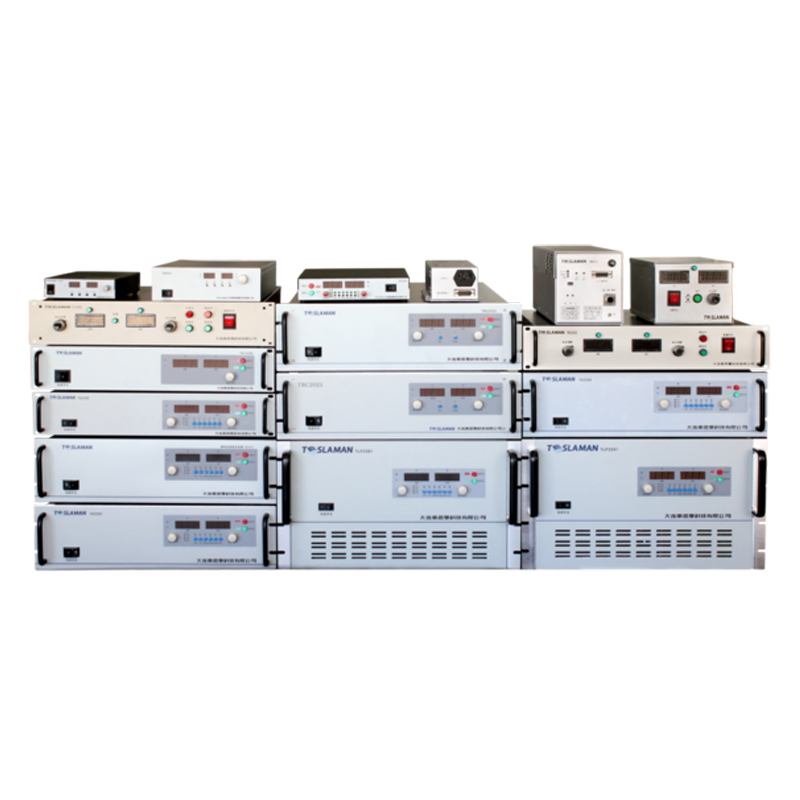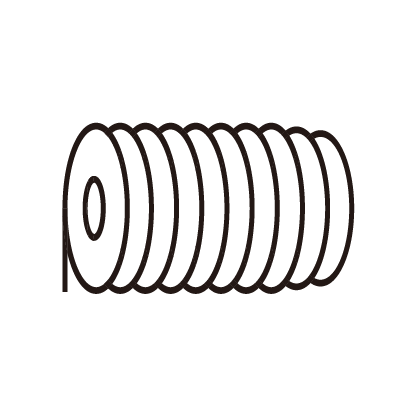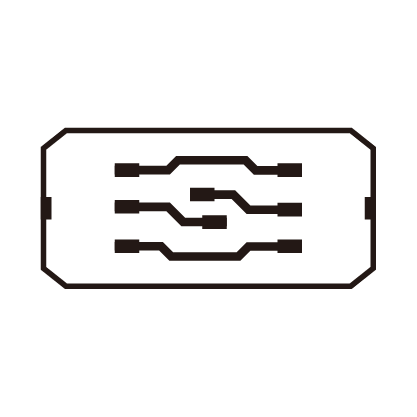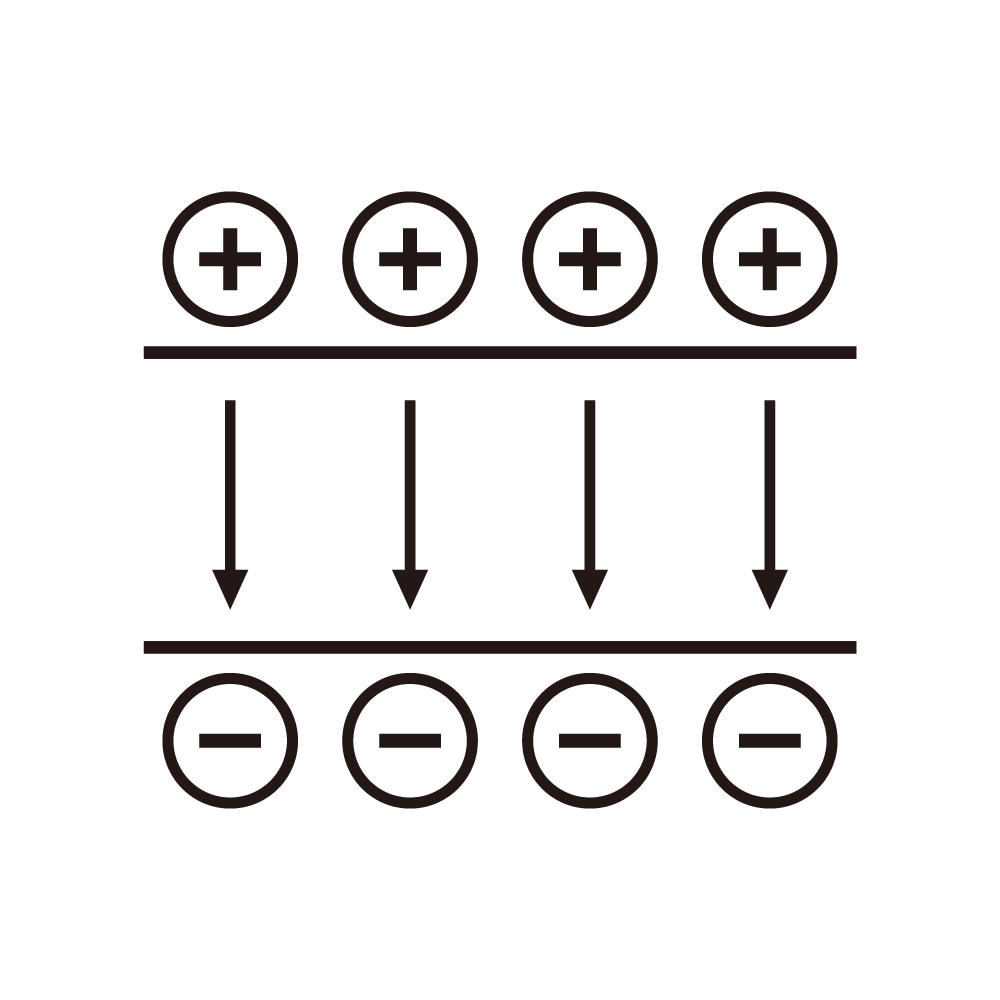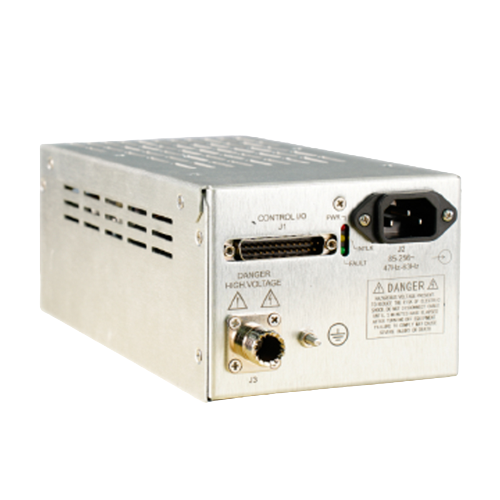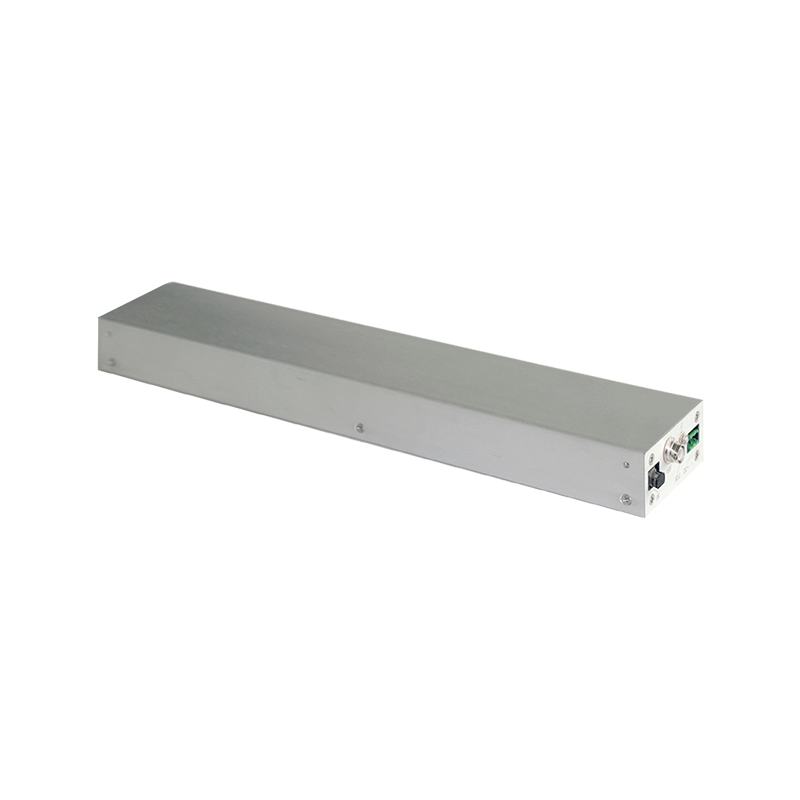Power Supply Matching for Microchannel Plate Detectors
Microchannel plate (MCP) detectors are widely used in electron imaging, mass spectrometry, night vision, and particle detection applications. Their operating principle relies on secondary electron multiplication driven by a strong electric field, making the stability and noise characteristics of the high-voltage power supply crucial to overall detector performance. Proper power supply matching directly affects gain uniformity, temporal resolution, and signal-to-noise ratio.
An MCP typically consists of two or three stacked plates, each operating at several hundred to several thousand volts, with total potentials reaching 2–4 kV. The current drawn is in the microampere range, but it varies dynamically with incident particle flux. This variable, high-impedance load demands a power supply capable of rapid response and ultra-low noise operation.
The primary goal of matching the power supply to the MCP is to maintain a linear electric field distribution across all stages. Any imbalance between the inter-plate voltages can lead to nonlinear gain, spatial distortion, and increased background noise. To address this, precision multi-channel outputs with voltage division accuracy better than 0.1% are used. These channels are galvanically isolated and often controlled via fiber-optic communication to prevent ground noise coupling.
Output ripple is another critical parameter. Because the MCP multiplication process is highly sensitive to voltage fluctuations, ripple levels must be kept below 5 mV rms. This requires sophisticated filtering at the output stage, typically combining LC π-networks with active compensation circuits. Differential sensing feedback loops are implemented to maintain output stability within 10⁻⁴ of the nominal value.
Fast transient response is equally important. During high flux conditions, the MCP draws sudden current spikes as the local charge density increases. To prevent voltage sag and maintain constant gain, the power supply must deliver energy compensation within microseconds. This is achieved through distributed capacitance networks near the output and high-bandwidth control loops that react instantaneously to current variations.
Long-term stability is another design consideration. Over continuous operation, residual charge buildup can occur on the MCP electrodes, gradually distorting the electric field. To mitigate this, the power supply may implement slow ramp and polarity modulation modes that periodically reverse or modulate the field to neutralize surface charges.
Performance validation typically involves correlated measurements of the MCP output signal and the high-voltage waveform using a dual-channel oscilloscope. By analyzing their phase and amplitude correlation, engineers can identify the noise contribution from the power source. Frequency-domain techniques, such as current spectral density analysis, are also used to study how supply noise influences electron multiplication statistics.
In short, MCP detector power supply matching is a multidisciplinary optimization problem involving high-voltage design, electromagnetic shielding, and transient control. The ideal supply must combine high isolation, extremely low ripple, and rapid dynamic response to ensure consistent detector gain and signal integrity in demanding scientific applications.
